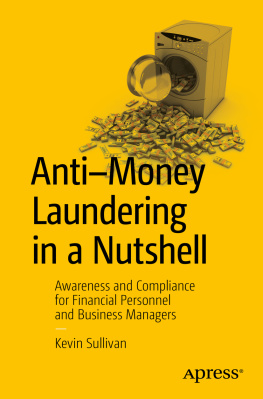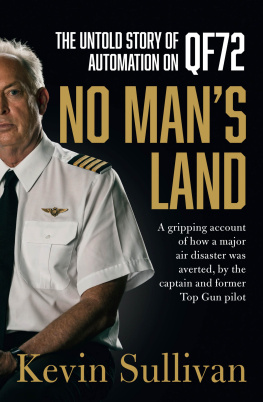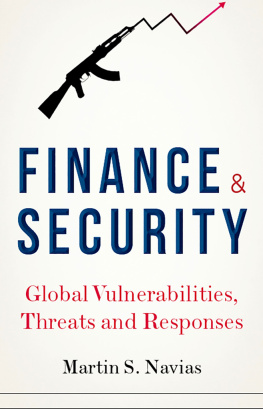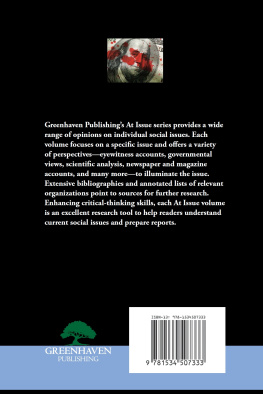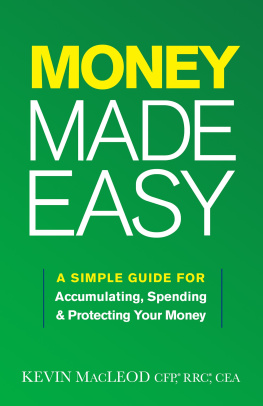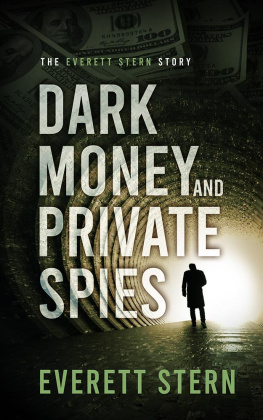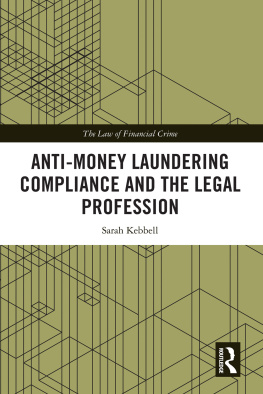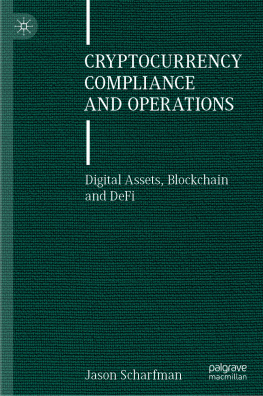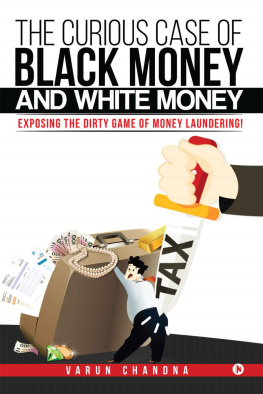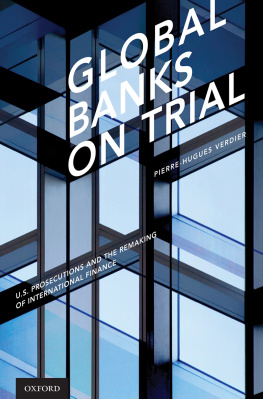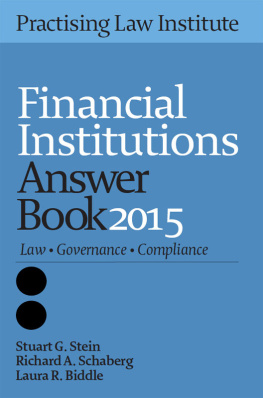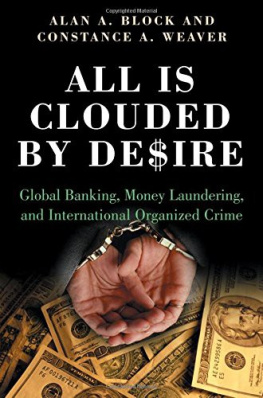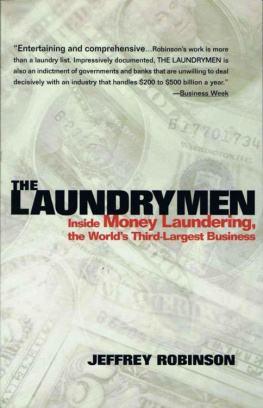Kevin Sullivan - Anti-Money Laundering in a Nutshell: Awareness and Compliance for Financial Personnel and Business Managers
Here you can read online Kevin Sullivan - Anti-Money Laundering in a Nutshell: Awareness and Compliance for Financial Personnel and Business Managers full text of the book (entire story) in english for free. Download pdf and epub, get meaning, cover and reviews about this ebook. year: 2015, publisher: Apress, genre: Romance novel. Description of the work, (preface) as well as reviews are available. Best literature library LitArk.com created for fans of good reading and offers a wide selection of genres:
Romance novel
Science fiction
Adventure
Detective
Science
History
Home and family
Prose
Art
Politics
Computer
Non-fiction
Religion
Business
Children
Humor
Choose a favorite category and find really read worthwhile books. Enjoy immersion in the world of imagination, feel the emotions of the characters or learn something new for yourself, make an fascinating discovery.
- Book:Anti-Money Laundering in a Nutshell: Awareness and Compliance for Financial Personnel and Business Managers
- Author:
- Publisher:Apress
- Genre:
- Year:2015
- Rating:4 / 5
- Favourites:Add to favourites
- Your mark:
Anti-Money Laundering in a Nutshell: Awareness and Compliance for Financial Personnel and Business Managers: summary, description and annotation
We offer to read an annotation, description, summary or preface (depends on what the author of the book "Anti-Money Laundering in a Nutshell: Awareness and Compliance for Financial Personnel and Business Managers" wrote himself). If you haven't found the necessary information about the book — write in the comments, we will try to find it.
AntiMoney Laundering in a Nutshellis a concise, accessible, and practical guide to compliance with antimoney laundering law for financial professionals, corporate investigators, business managers, and all personnel of financial institutions who are required, under penalty of hefty fines, to get antimoney laundering training.
Money laundering is endemic. As much as 5 percent of global GDP ($3.6 trillion) is laundered by criminals each year. Its no wonder that every financial institution in the United Statesincluding banks, credit card companies, insurers, securities brokerages, private funds, and money service businessesmust comply with complex examination, training, and reporting requirements mandated by a welter of federal antimoney laundering (AML) laws. Ignorance of crime is no excuse before the law. Financial institutions and businesses that unknowingly serve as conduits for money laundering are no less liable to prosecution and fines than those that condone or abet it.
In AntiMoney Laundering in a Nutshell: Awareness and Compliance for Financial Personnel and Business Managers, Kevin Sullivan draws on a distinguished career as an AML agent and consultant to teach personnel in financial institutions what money laundering is, who does it, how they do it, how to prevent it, how to detect it, and how to report it in compliance with federal law. He traces the dynamic interplay among employees, regulatory examiners, compliance officers, fraud and forensic accountants and technologists, criminal investigators, and prosecutors in following up on reports, catching launderers, and protecting the integrity and reputations of financial institutions and businesses. In particular, corporate investigators will gain rich insights winnowed from the authors experiences as a New York State and federal investigator.
What youll learn- US federal and international AML laws
- The AML measures and program that financial institutions must have in place to control money laundering, such as KYC, CIP, and AML/CFT risk assessment
- The practical steps that personnel at every level from the teller window to the C-suite must know to ensure institutional compliance with AML regulations, such as filling out SARs and CTRs
Under federal acts such as the Bank Secrecy Act of 1970, the Money Laundering Suppression Act of 1994, and the Intelligence Reform and Terrorism Prevention Act of 2004, every financial institution in the United States must have an antimoney laundering program in place that includes annual training of all relevant employees. This short book is an educational text or supplemental reader for such training by antimoney laundering compliance officers, examiners, agents, and consultants.
Table of ContentsChapter 1. What is Money Laundering?
Chapter 2. Methods of Money Laundering
Chapter 3. Federal Regulations
Chapter 4. Building a Quality AML Program for Financial Institutions
Chapter 5. Know Your Customer and Customer Identification Program
Chapter 6. A SAR Is Born
Chapter 7. Money Laundering for Law Enforcement
Chapter 8. International Standards
Chapter 9. FRAML
Glossary
Appendix A: Red Flags
Appendix B: Code of Federal Regulations Title 31 Section 103.18
Kevin Sullivan: author's other books
Who wrote Anti-Money Laundering in a Nutshell: Awareness and Compliance for Financial Personnel and Business Managers? Find out the surname, the name of the author of the book and a list of all author's works by series.

